JIT Lanka Tours
+94 77 162 2335
+94 77 162 2335

Kandy is a historic city
with a picturesque beauty located in the central province of Sri Lanka. It served as the capital of
the last kingdom of Sri Lanka, which is now a bustling modern city with a rich cultural heritage
enriched with the value of ancient architecture.
In 1988, UNESCO declared the Sacred City of Kandy a World Heritage Site due to its importance in the
cultural and religious history of Sri Lanka. A tour of Kandy offers visitors the opportunity to
experience the city's rich history and cultural diversity. The Kandy city holds a vast range of
stunning features range, from the stunning Temple of the Sacred Tooth Relic to the bustling streets
of the city. These are the very reasons why Kandy city is a must-visit destination for all travelers
to Sri Lanka.
Temple of the Sacred Tooth Relic, which is commonly known as Sri
Dalada Maligawa, is a sacred Buddhist temple. It is located in the heart of Kandy, Sri
Lanka, one of the elevated places with its own unique features.
The temple is believed to house the sacred tooth relic of Lord Buddha, which is considered to have
miraculous powers. Also, the sacred tooth relic is considered to be one of the two utmost sacred of
Buddhists in Sri Lanka addition to Jaya Sri Maha Bodhiya in Anuradhapura.
The temple is an important place of pilgrimage for Buddhists from around the world as it is
considered one of the most sacred Buddhist sites in Sri Lanka. Also, the Temple premises are a
peaceful oasis in the bustling city. Visitors can admire the intricate architecture and intricate
carvings that adorn the temple, including Paththirippuwa (octagonal pavilion), one of the identical
landmarks in the country.
The Kandy Esala Perahera is a grand cultural festival held annually in Kandy, Sri Lanka devoted to
the sacred tooth relic of Lord Buddha during the months of July or August. The Esala Perahera
comprises of Drummers, Dancers, Singers and various other Performers including dressed Elephants
parading the streets of Kandy city.
Whether you are a religious pilgrim or simply a lover of history and culture, the Temple of the
Sacred Tooth Relic should be one of your visiting places.
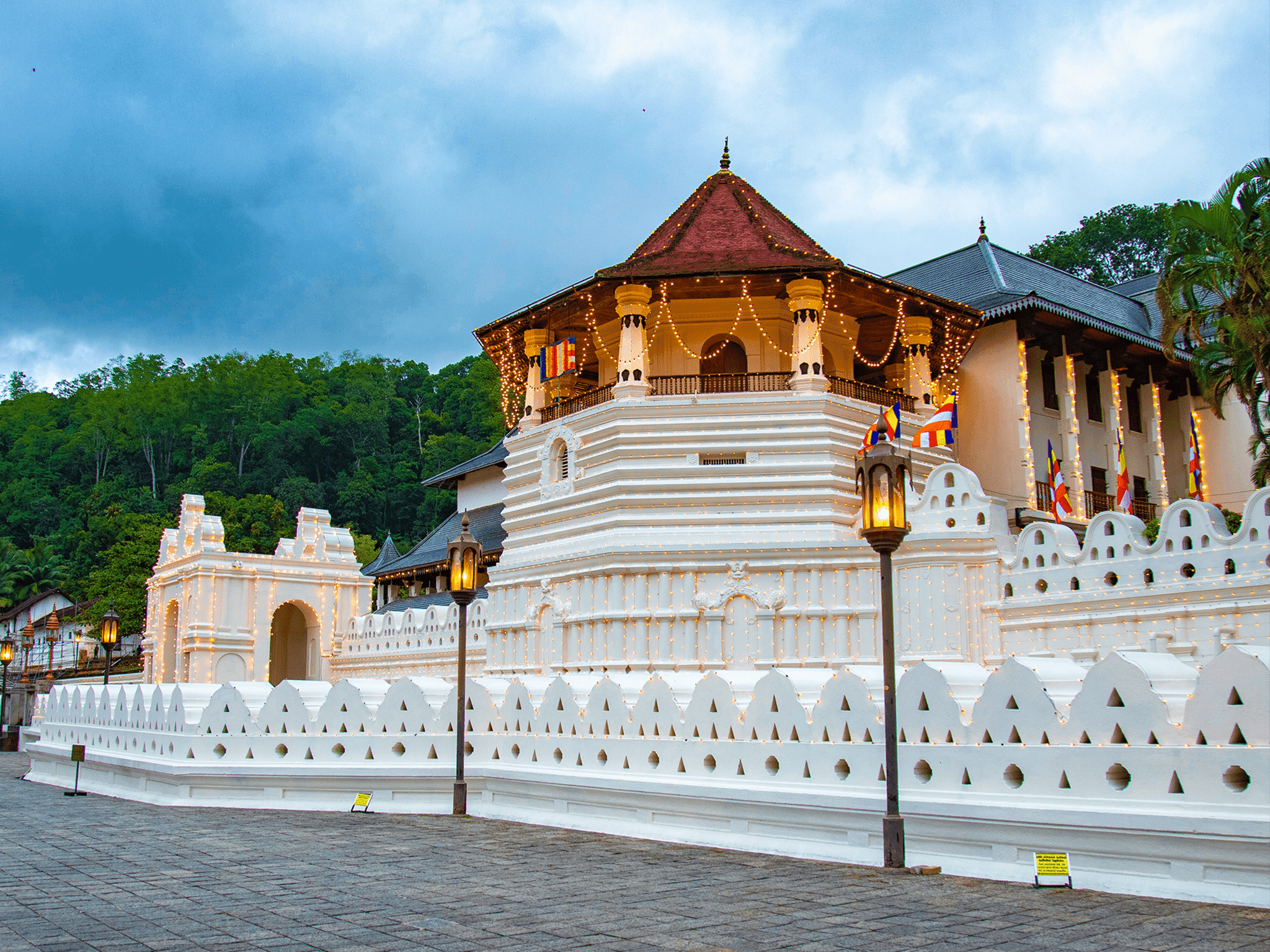

Kandy Lake is a stunning man-made lake located in the heart
of the ancient city of Kandy, Sri Lanka. The lake was built in 1807 by the last king of Sri Lanka,
Sri Wickrama Rajasinghe, and it remains a popular attraction for tourists today.
The lake is surrounded by lush greenery and offers breathtaking views of the city and the
surrounding hills. Visitors can take a leisurely stroll around the lake's perimeter and enjoy the
tranquil atmosphere, or take a boat ride to get a closer look at the lake's picturesque
surroundings.
Kandy Lake is a must-visit destination for anyone traveling to Sri Lanka. Its natural beauty, rich
history, and cultural significance make it a truly unique and unforgettable experience.
Kandy, a beautiful city located in the central hills of Sri Lanka, is known
for its rich cultural heritage and traditions. One of the most significant aspects of
Kandy's cultural heritage is its traditional dance, which has been passed down from
generation to generation.
One of the most significant aspects of Kandy's cultural heritage is its traditional dance,
One of the most unique aspects of Kandyan dance is the use of various props, such as masks, swords,
and whips, which add an element of drama and excitement to the performance. The dancers also perform
acrobatic feats, such as jumping and spinning, to showcase their agility and athleticism.
Overall, the Kandyan dance is a mesmerizing and captivating experience that immerses tourists a
lasting impression on their mind.

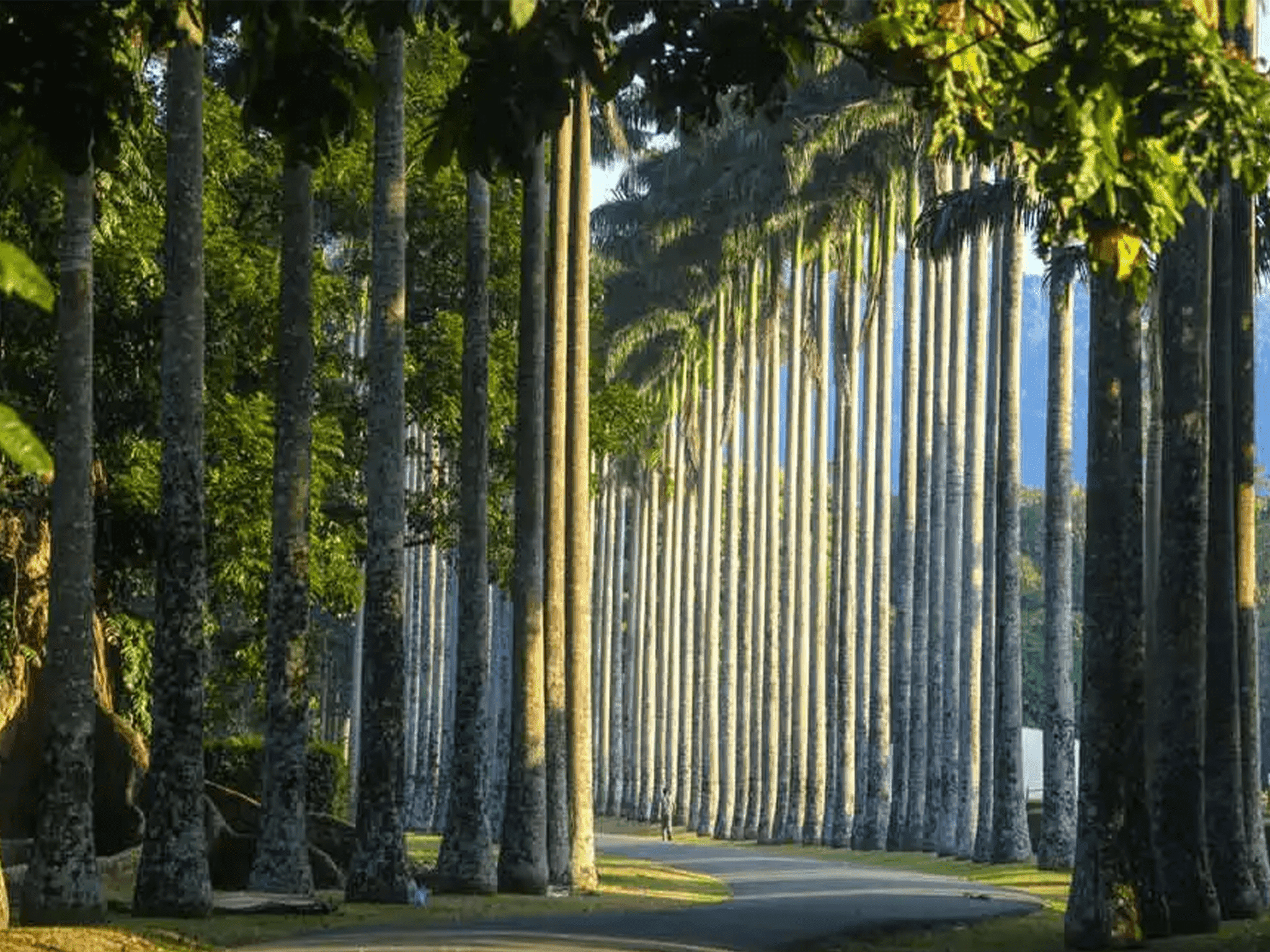
The Peradeniya Royal Botanical Gardens, also known as the Royal
Botanic Garden, Peradeniya, is a world-known botanical garden located in the city of
Kandy, Sri Lanka. It was established during the 14th century AD as a Royal pleasure garden. The
British converted it to a Botanical Garden in the 19th century. The Royal Botanical Garden is the
largest botanical garden in the country which has spread over 147 acres and is home to over 4000
species of plants. They include rare and endemic species which only could be found on the Royal
Botanical Garden premises.
The garden features lush green lawns, tranquil lakes, and stunning flower gardens, making it a
peaceful oasis in the heart of the city. The structures of the Royal Botanical Garden are believed
to contain some symbolic elements that represented British Rule as well. Visitors can admire the
beauty of the botanical specimens and take a leisurely stroll through the garden or simply relax in
the tranquil surroundings. No matter whether you're a botanist, a nature lover, or simply looking
for a peaceful place to relax, the Peradeniya Royal Botanical Gardens will be the best place where
you must be.
The Golden Caves Temple in Dambulla is located in the
central part of Sri Lanka. In 1991 UNESCO declared the Golden Caves Temple in Dambulla as a World
Heritage Site.
The temple complex is comprised of five cave temples, which are located on a hill that overlooks the
surrounding countryside.
The caves are filled with hundreds of Buddha statues, murals, and other religious artifacts that
date back to the 1st century BC. The cave temples are the best preserved and most complete set of
cave temples in Sri Lanka.
Visitors to the Dambulla Cave Temples will be amazed by the beauty and detail of the ancient
artwork. The murals and statues are incredibly intricate, with vibrant colors and intricate details
that have been preserved for centuries.
Overall, the Dambulla Cave Temples are a must-visit destination for anyone interested in history,
culture, and religion. With their stunning artwork, impressive architecture, and serene atmosphere,
they offer a unique and unforgettable experience for visitors from all over the world.
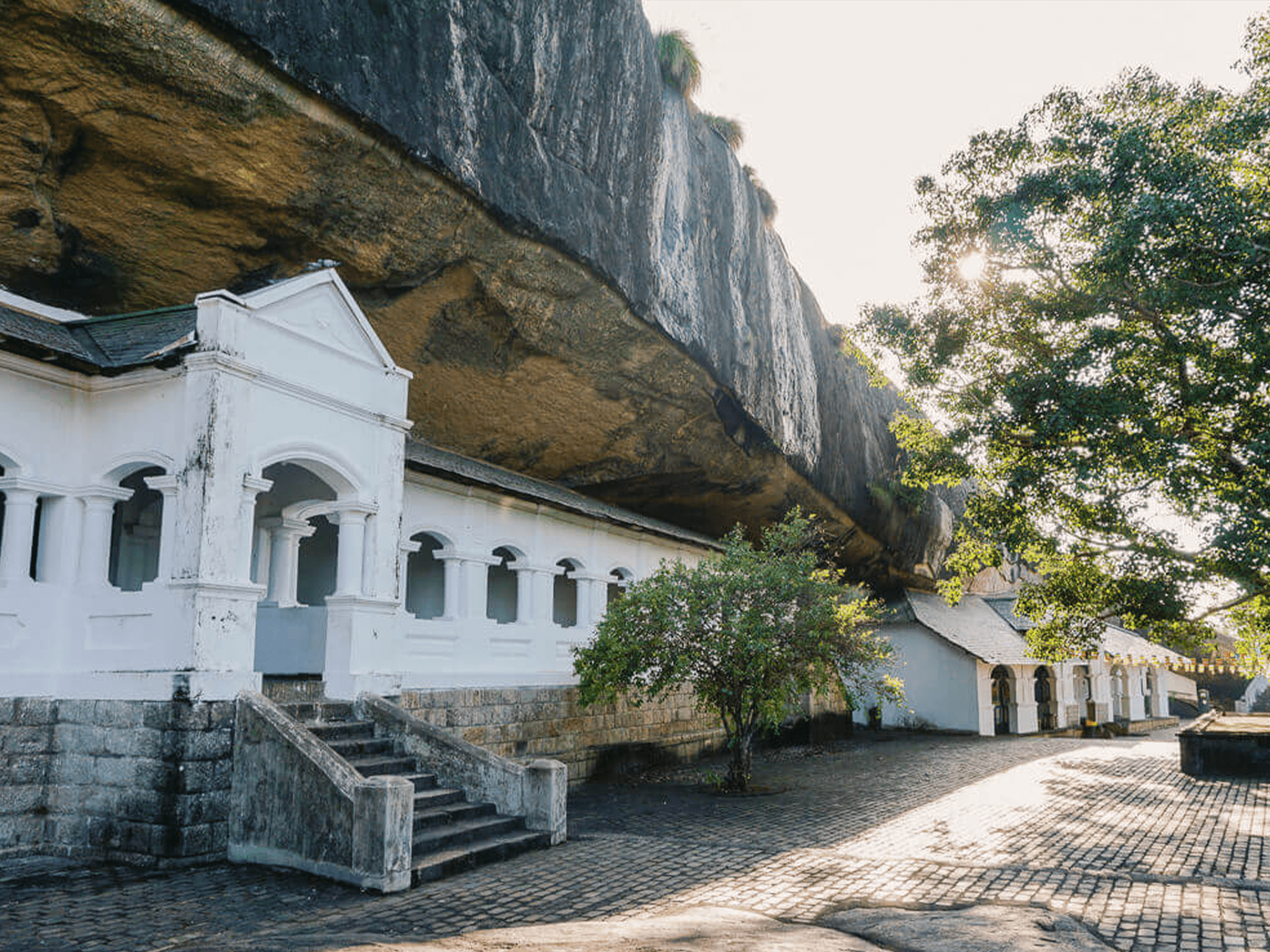

Polonnaruwa is an ancient city located in the North Central
Province of Sri Lanka. In 1992 UNESCO declared the Ancient City of Polonnaruwa as a World Heritage
Site. It served as the second capital of the country after the fall of the Anuradhapura Kingdom.
Polonnaruwa is famous for its well preserved ruins of ancient Sri Lankan civilization.
The city is home to many important historical and archaeological sites, including the Royal Palace,
the Audience Hall, the Quadrangle, and the Gal Viharaya. The Gal Viharaya is a particularly
impressive attraction, featuring four large Buddha statues carved out of a single granite rock.
In addition to its historical and cultural significance, Polonnaruwa is also known for its natural
beauty. The city is located in the heart of the dry zone of Sri Lanka and is surrounded by lush
green forests, tranquil lakes, and ancient irrigation systems that are still in use today.
Overall, Polonnaruwa is a must-visit destination for anyone interested in Sri Lanka's rich cultural
heritage and history. Its stunning ruins, natural beauty, and serene surroundings make it a truly
unforgettable experience for visitors of all backgrounds.
Sigiriya is an ancient rock fortress and archaeological site
located in the Central Province of Sri Lanka. It is one of the country's most popular tourist
destinations. In 1982 UNESCO declared the Ancient City of Sigiriya as a World Heritage Site.
The fortress is situated on top of a giant rock, rising 200 meters above the surrounding plains, and
offers stunning panoramic views of the surrounding landscape. The site is believed to have been
built by King Kasyapa in the 5th century AD as a royal palace and a fortress.
Visitors to Sigiriya can explore the remains of the ancient fortress, including the remains of the
royal palace, gardens, and water features.
Overall, Sigiriya is a must-visit destination for anyone interested in exploring Sri Lanka's rich
cultural heritage and natural beauty. Its stunning views, impressive architecture, and historical
significance make it a truly unique and unforgettable experience for visitors of all backgrounds.

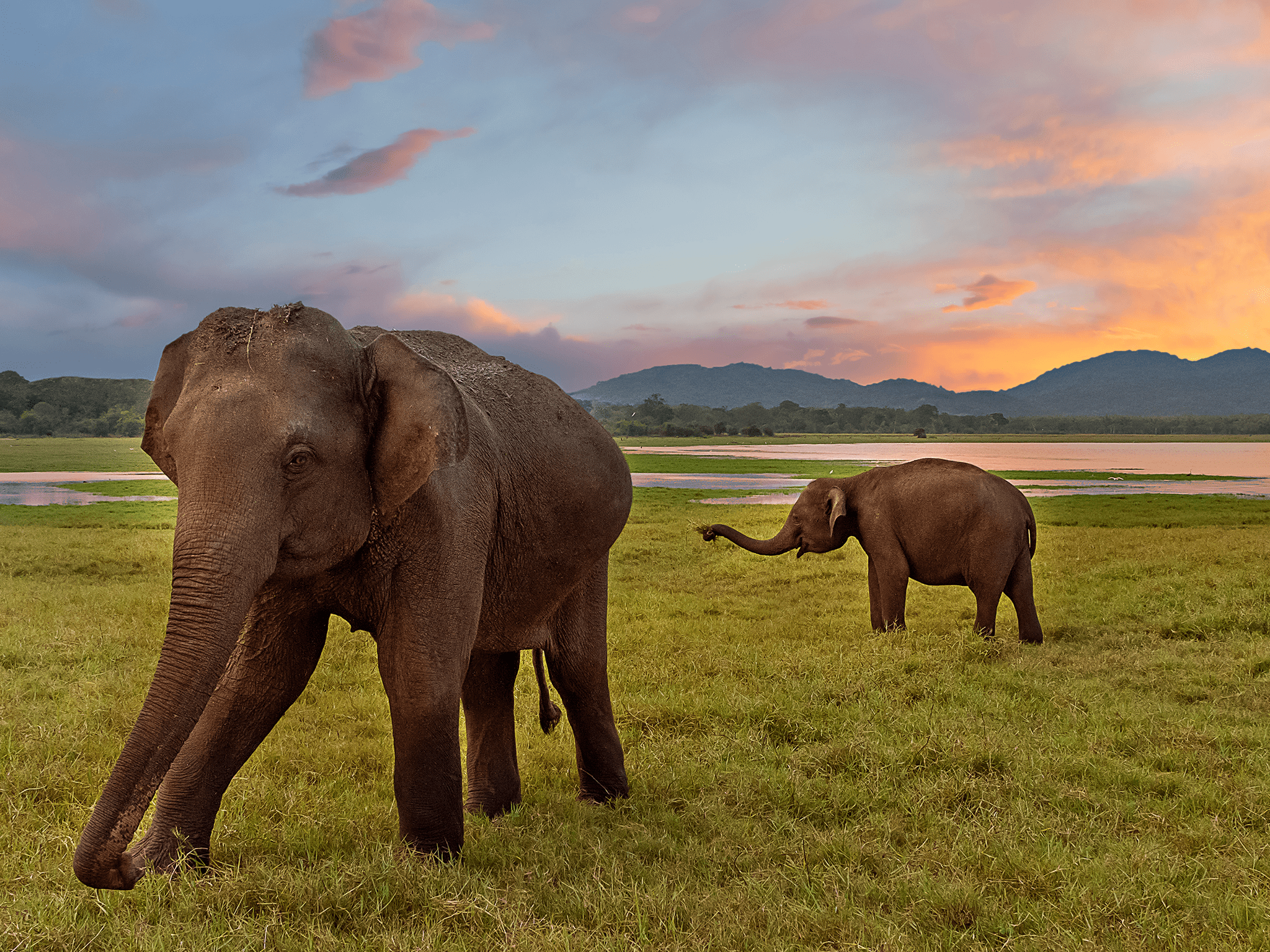
Minneriya National Park is a protected area located in the
North Central Province of Sri Lanka. It is a popular destination for wildlife safaris and home to a
wide range of wildlife species.
The park's main attraction is its large population of Asian elephants, which is estimated to be
around 300. During the dry season, which runs from June to September, the elephants gather around
the park's central reservoir, known as the Minneriya tank, to drink and socialize.
In addition to elephants, the park is also home to several other wildlife species, including sambar
deer, sloth bears, leopards, and a variety of bird species. Visitors to the park can enjoy a
wildlife safari by jeep to observe and photograph the animals in their natural habitat.
In addition to wildlife safaris, the park offers several other attractions for visitors, including
the Minneriya tank observation deck, which provides panoramic views of the park and its surrounding
landscape.
Overall, Minneriya National Park is a must-visit destination for anyone interested in experiencing
Sri Lanka's rich natural heritage and observing its incredible wildlife in their natural habitat.
Please note that Bookings/Safaris may differ according to the seasonal weather changes of
the year.
Trincomalee is a beautiful city llocated on the northeast
coast of Sri Lanka. This city has a rich cultural heritage and a fascinating history that dates back
thousands of years.
The city is famous for its stunning beaches, ancient temples, and natural
beauty.
One of the main attractions of Trincomalee is its beautiful beaches. The city is home to some of the
most picturesque and pristine beaches in Sri Lanka, such as Nilaveli Beach, Uppuveli Beach, and
Marble Beach. These beaches offer crystal clear waters, soft white sands, and a range of water
activities such as snorkeling, scuba diving, and fishing.
Another attraction of Trincomalee is its ancient temples. The city has a long and rich history
dating back to the ancient times of Sri Lanka. The Koneswaram Temple is the most famous temple in
the city, located on a hill overlooking the sea and also the Pigeon Island National Park is a
must-visit destination, offering opportunities to see a variety of marine life including exotic
fish, sea turtles, and even sharks.
Overall, Trincomalee is a beautiful destination with a rich cultural heritage, stunning beaches,
ancient temples, and natural beauty. Whether you are looking for relaxation, adventure, or culture,
this city has something to offer for everyone.


Pigeon Island is a beautiful small island located off the
coast of Trincomalee, Sri Lanka. It is named after the rock pigeon, which is abundant in the area.
This island is a popular tourist destination for its crystal clear waters and beautiful coral reefs.
The island is home to a diverse range of marine life, including sea turtles, reef sharks, and a
variety of colorful fish. Snorkeling and scuba diving are popular activities on Pigeon Island.
The island also features two beautiful sandy beaches, which are ideal for swimming and sunbathing.
Visitors can relax on the soft sand and enjoy the stunning views of the surrounding ocean.
Overall, Pigeon Island is a must-visit destination for anyone traveling to Trincomalee. With its
stunning natural beauty, rich history, and abundance of marine life, it is the perfect place to
relax, explore, and enjoy the beauty of Sri Lanka's eastern coast.
Old Dutch Fort in Trincomalee is a historic landmark that dates back
to the 17th century.
Located on a peninsula overlooking the Indian Ocean, the fort has a rich history and played a
significant role in Sri Lanka's colonial past.
As you enter the fort, you will be greeted by its imposing walls and ramparts, which stand tall and
strong even today. The fort's architecture is a blend of Dutch and Portuguese styles, and its many
buildings, including the Governor's residence, are a testament to the colonial influence that
dominated Sri Lanka during that period.
The fort's interior is equally impressive, with many of its buildings and structures still intact.
The barracks, hospital, and armory are just some of the buildings you can explore, each providing a
fascinating insight into life during the colonial period.
Overall, Old Dutch Fort in Trincomalee is a must-visit destination for anyone interested in Sri
Lanka's rich history and culture. Its impressive architecture, stunning views, and fascinating
history make it a truly unique attraction that is well worth a visit.
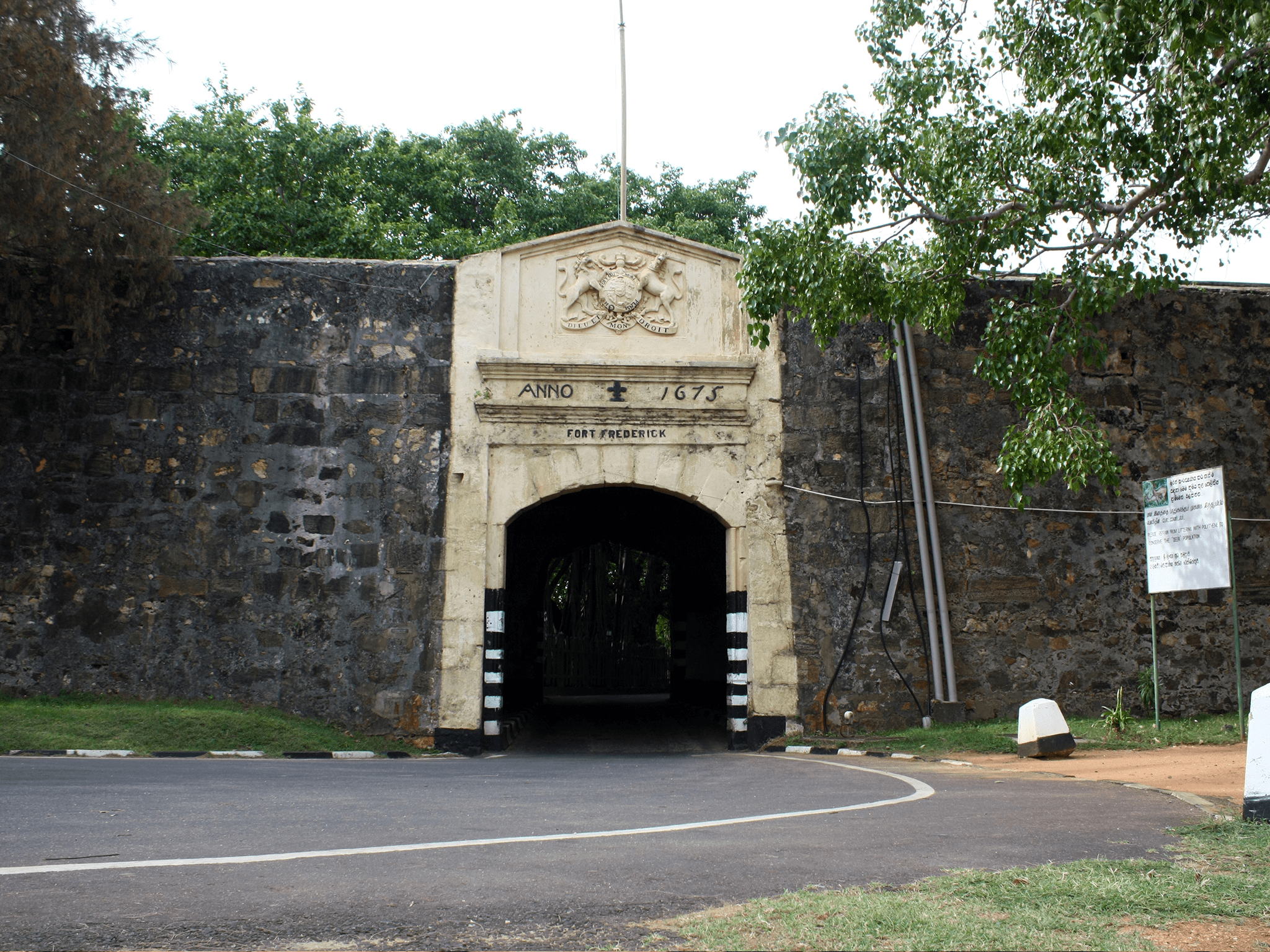
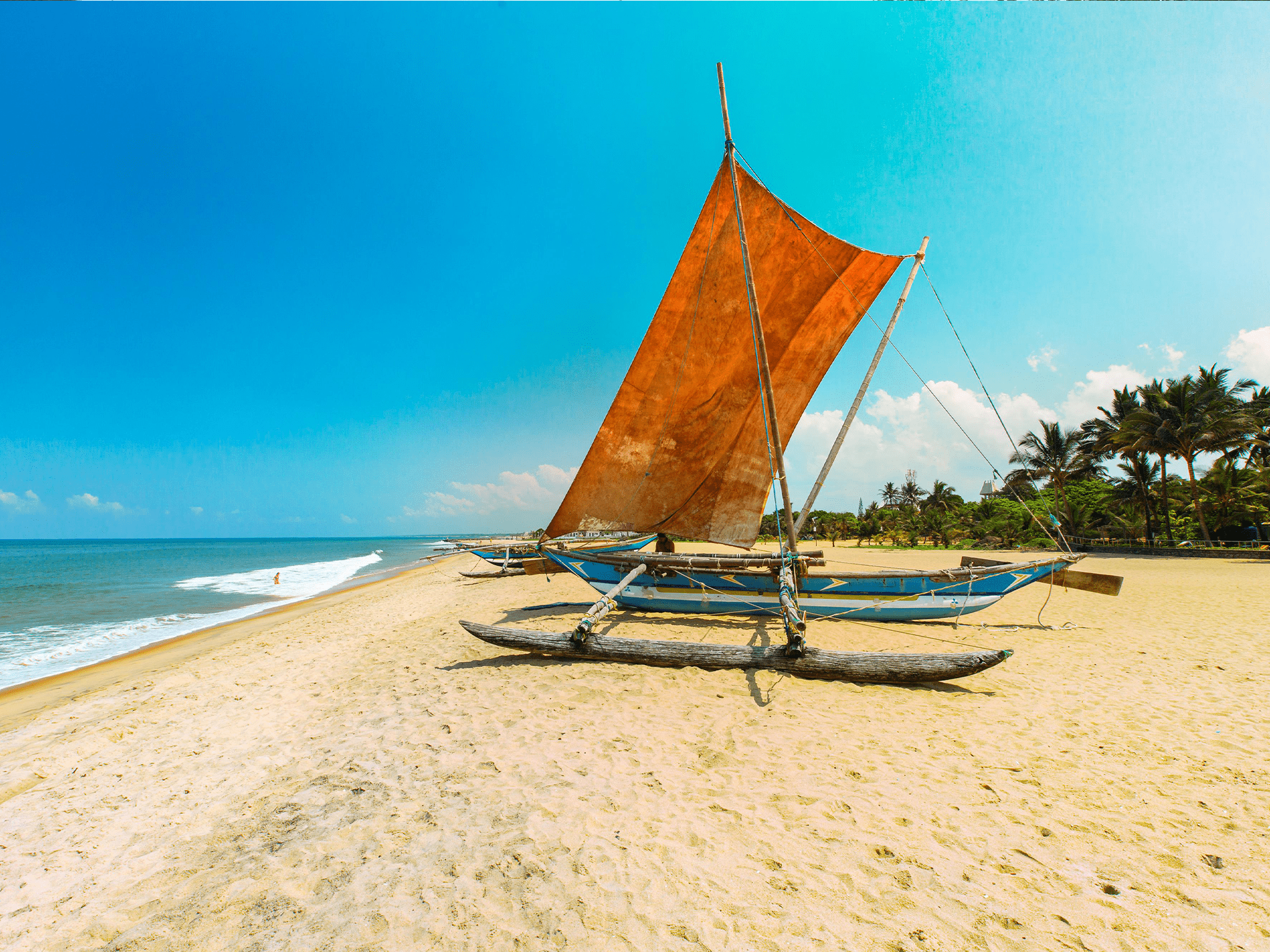
Negombo beach is a beautiful stretch of golden sand
located on the western coast of Sri Lanka. It's a popular destination for tourists due to its close
proximity to the Bandaranaike International Airport, making it an ideal stop for those visiting Sri
Lanka.
The beach itself is lined with palm trees, providing plenty of shade from the hot sun, and is dotted
with colorful fishing boats bobbing in the turquoise waters. The beach is relatively wide and long,
offering plenty of space for sunbathing, beach games, and leisurely walks.
One of the highlights of Negombo beach is the stunning sunset views. As the sun sets over the Indian
Ocean, the sky turns a beautiful orange and pink hue, creating a breathtaking backdrop for an
evening stroll.
Overall, Negombo beach is a must-visit destination for anyone looking for a relaxing beach getaway
with plenty of natural beauty, cultural experiences, and exciting activities to enjoy.